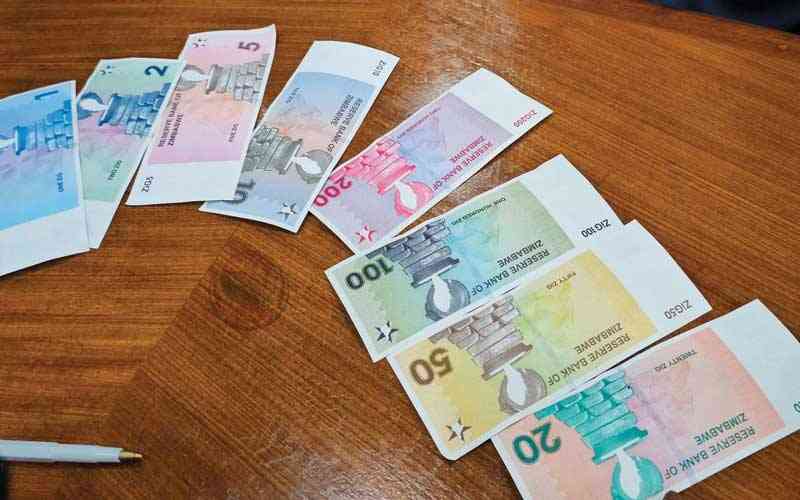
“WHAT do you actually DO on a three-week cruise?” I was asked by incredulous, possibly envious, pals on mentioning a five-week absence from home, 22 days of which would be on the MV Melody sailing from Durban to Italy.
Well I’m not such a workaholic I can’t profitably and enjoyably do absolutely nothing, zilch, zero, zip for three weeks, whilst cruising some of the most beautiful sea areas of the world!
And if travel writing didn’t come under my portfolio and one eye wasn’t on The Book, successfully avoided crafting for the past half-century, maybe that’s precisely what I would have done: next to nothing!
I’d chill out, vegetate, re-charge intellectual batteries, wallowing in apparently endless hours of sun and sea, dipping into the odd chapter of a whodunit, surrounded by new friends and tenaciously tanning toothsome, topless Teutonic maids.
Sun over the yardarm, blissfully idle days would be punctuated by the odd chilled article of a moderately intoxicating nature and gourmet meals in great company, studded with sparkling humour and wit.
Breakfasts could be: oatmeal or cereal; fresh, canned and dried fruits; bacon and eggs (with every conceivable trimming); or real Scottish smoked kippers (“keepers on the menu!) or smoked salmon with scrambled eggs; then Danish pastries; or toast and honey, marmalade or jam; fruit juice or pints of coffee or a choice of nine different tea infusions…or the wonderful drinking chocolate, which only, nowadays, seems to be served on cruise ships.
That’s the first meal of the day: welcome after vigorous partying to the wee hours and being on a bracing breeze-blasted upper-deck from before dawn to see another spectacular sunrise illuminate the 35 000 tonne ship, steaming steadily north at 19 knots.
Perhaps the only possible improvement on a luxury liner’s languid breakfast (silver service 7.30-9:30; buffet 6.30-10) I’ve encountered recently was at the Sun ‘n’ Sand Resort, Mombasa, Kenya, where – in addition to above vital components – chilled bottles of Italian sparkling wine and jugs of Bloody Mary and Buck’s Fizz also sat on the help-yourself buffet.
- Chamisa under fire over US$120K donation
- Mavhunga puts DeMbare into Chibuku quarterfinals
- Pension funds bet on Cabora Bassa oilfields
- Councils defy govt fire tender directive
Keep Reading
On the January Western Caribbean cruise I took on the world’s biggest liner, (Independence of the Seas: 4 700 passengers and packed the Melody can carry 1 600, but had just under 1 000) miso soup was also on the menu. There were a good many Orientals on that trip and miso soup is to a Japanese breakfast what Rice Crispies are to an American one. I don’t know whether to admire or be appalled by a race which breaks its fast with broth!
I’ll tell you more soon about splendid lunches, high teas (I mainly shunned), superb eight course suppers and midnight feasts I merely photographed, watching in wonder as already recently overfed folk attacked with gusto. Suffice to say I never had a poor meal; rarely tried a course I didn’t love. If attentive Indonesian waiters thought one of their charges hadn’t totally relished one option, they were almost distraught if the pampered passenger wouldn’t try something else.
We had three and a half idyllic days at sea before first landfall at Pointe des Galets, Reunion, 1 412 nautical miles from Durban. This was long enough for most of us to forget the total chaos of embarkation at the Kwa-Zulu Natal port. The only other time I fumed so furiously was at disembarkation in Genoa.
Clearly Mediterranean Shipping Company could profitably learn how to handle these traumatic, blood-boiling events by sneaking a spy on a competition cruiser. The Independence’s ran as smoothly as a Swiss chronometer, Melody’s had all the planning, foresight and organisation of a Chinese tug-of-war!
Reunion was breathtakingly beautiful; sparklingly clean and fresh. “It doesn’t seem like Africa to me,” a woman who had moved to RSA post-Apartheid, moaned.
Well it isn’t really Africa! The picturesque volcanic island is a French prefecture with a seat in the European Union parliament and gets squillions in Euro-aid. Public works are everywhere; the busy harbour is being tripled in size.
At every street corner and on each public building, the French tricolour and EU flags fly. Gendarmes patrol and we’re obviously not really in Africa because there’s been no preposterous name-changing, statue-removing and futile attempts to alter history we see much of on Africa’s mainland.
Despite the prominence of EU flags and France’s new found alliance with Germany, there are streets named after The Victory (against Berlin: twice); General Charles de Gaulle, leader of the anti-Nazi Free French; there’s a memorial to Free French forces, who freed Reunion from Vichy’s collaboration with Hitler and war memorials to both global conflicts. Streets and the airport are dedicated to Reunion-born Roland Garros, a French World War I flying ace.
Almost every car is French-built and almost brand new. We had only a fleeting visit to Reunion with the ship’s rather dear organised excursions to the capital, St Denis, the beach and snorkelling at St Gilles-les-Bains, or trips to mountains through sugar-cane plantations or the rugged Wild South coast.
We made our own way to St Denis at a fifth the price of the excursion, arriving quicker. With 120 000 inhabitants, it boasts beautiful buildings. Seat of the prefecture was headquarters of the (French) East India Company and the place drips with history: from magnificent slave plantation mansions, to the Sainte-Suzanne cemetery, where British soldiers killed in the Napoleonic Wars lie. Two sites at Sainte-Marie are sacred to Catholics: the tomb of Brother Scubillion, canonised by Pope John-Paul II and that of the Black Virgin, protector of the oppressed.
Other than smart, efficient, reliable, regular public transport which was remarkably cheap (but drivers had no change for even a 5-euro note!) we found Reunion terribly dear compared with South Africa, where we’d just left and even Zimbabwe, now a costly destination; an attitude confirmed on our next two visits: Mauritius and Seychelles.
Tidying up this story three weeks later in the north of Scotland, having so far also visited London, Genoa, Naples, Cairo, Aqaba, Port Victoria, Port Louis, Durban and Johannesburg on this working holiday, Reunion still seems horribly dear, although my family took me to a pricey (to enter) military museum, a distillery and a castle yesterday, calling for a late lunch/early supper at an ultra-costly road house, where people working in North Sea oil and gas, with more money than sense enjoyed themselves enormously, apparently ignoring the Breathalyser!
BY DUSTY MILLER











